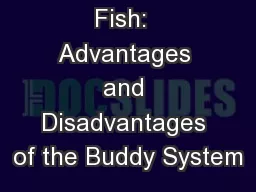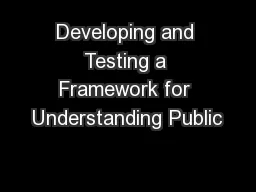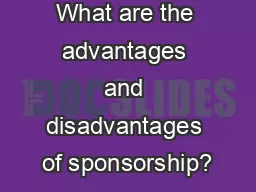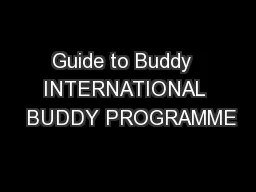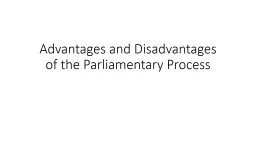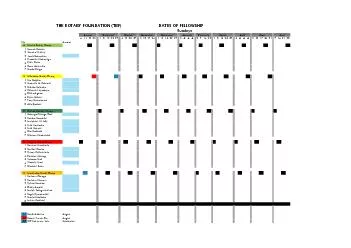PPT-Schooling of Fish: Advantages and Disadvantages of the Buddy System
Author : calandra-battersby | Published Date : 2018-09-17
Taylor Drexinger Lena Finkel David Quinn Caroline Wilkinson Background Schooling vs Shoaling How fish school Both advantages and disadvantages Relevance Impact
Presentation Embed Code
Download Presentation
Download Presentation The PPT/PDF document "Schooling of Fish: Advantages and Disad..." is the property of its rightful owner. Permission is granted to download and print the materials on this website for personal, non-commercial use only, and to display it on your personal computer provided you do not modify the materials and that you retain all copyright notices contained in the materials. By downloading content from our website, you accept the terms of this agreement.
Schooling of Fish: Advantages and Disadvantages of the Buddy System: Transcript
Download Rules Of Document
"Schooling of Fish: Advantages and Disadvantages of the Buddy System"The content belongs to its owner. You may download and print it for personal use, without modification, and keep all copyright notices. By downloading, you agree to these terms.
Related Documents

